The Island
Let’s delve into the fascinating world of Socotra Island, exploring its unique features, rich biodiversity, cultural heritage, and conservation efforts:
Socotra Island : Where Time Stands Still
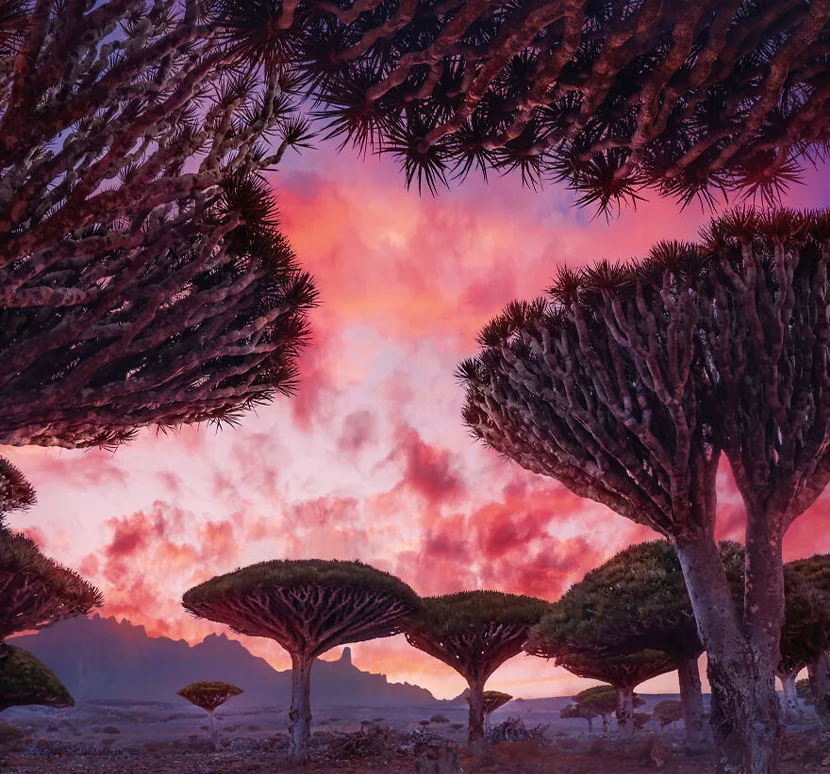
Fauna & Flora
- Birds : Socotra is a birder’s paradise, home to 225 bird species. Six of these are endemic, including the Socotra sparrow, Socotra Cisticola, Socotra Starling, Socotra Sunbird, Socotra Warbler, and the rarest Socotra Bunting. Egyptian Vultures thrive here, boasting the highest recorded density globally. Migrating and breeding birds also find refuge on the island.
- Butterflies and Insects: Socotra hosts 190 butterfly species and around 600 insect species, with a high proportion of endemics.
- Reptiles: Nineteen out of 22 reptile species on Socotra are endemic.
- Marine Life: The marine world around Socotra boasts over 730 coastal fish species, 230 hard coral species (including five endemics), 30 soft coral species, 300 crustacean species (nine endemics), 490 mollusk species, and 230 algae species. Sea turtles’ nest on the northern shores, and an endemic freshwater crab, Potamon socotrensis, thrives in water streams.
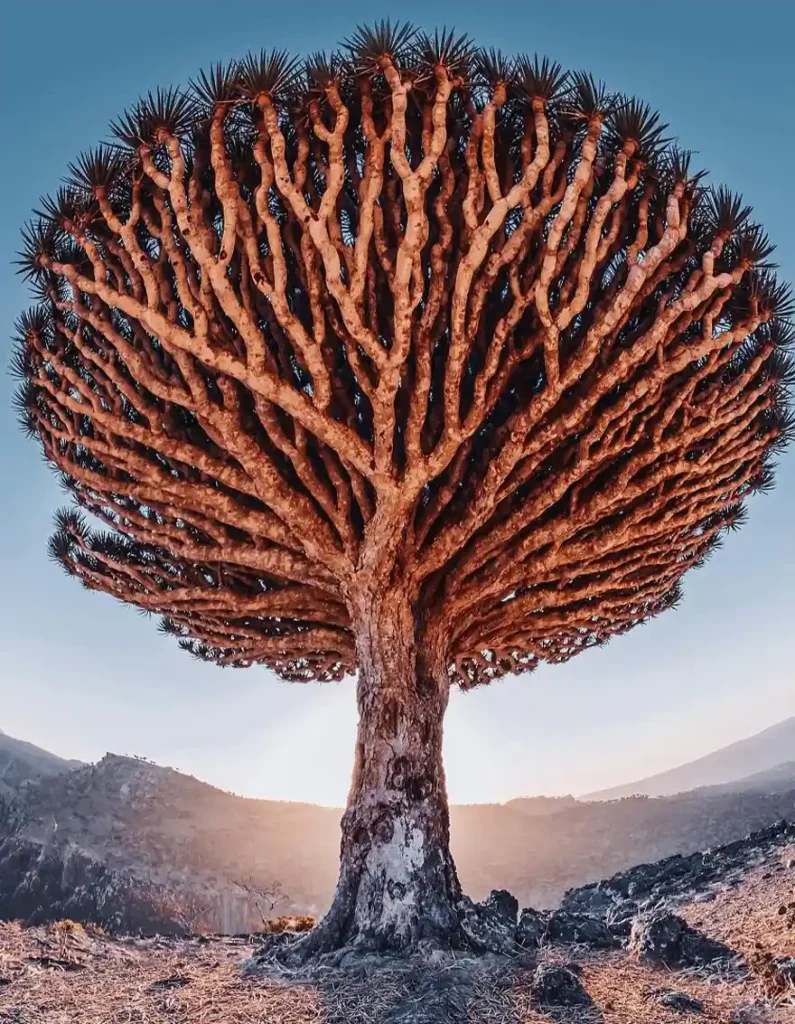



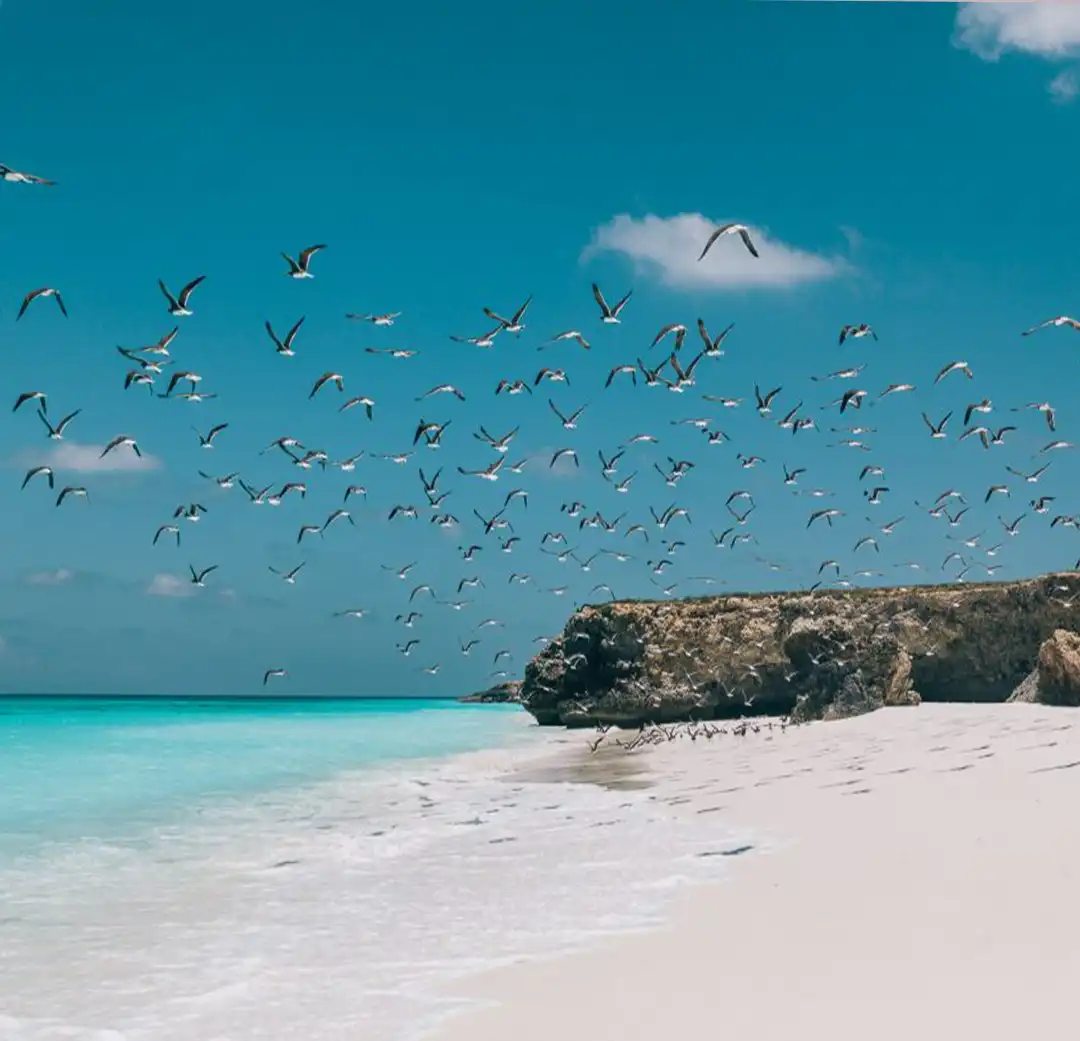

Culture & History
- Name Origins: Socotra’s name traces back to the Sanskrit “dvipa-sakhadara,” meaning “island abode of bliss.”
- Legends: The island features in various legends. Its inhabitants were once Christians, but the religion disappeared in the 17th century.
- Historical Rulers: Socotra was ruled by the Mahra sultans of southeastern Yemen, interrupted by Portuguese occupation from 1507 to 1511. British protection was accepted in the 1880s.
- Recent Challenges: Socotra faced devastation from cyclones in 2015. Ongoing conflict in Yemen adds pressure, affecting the island’s economy and environment.
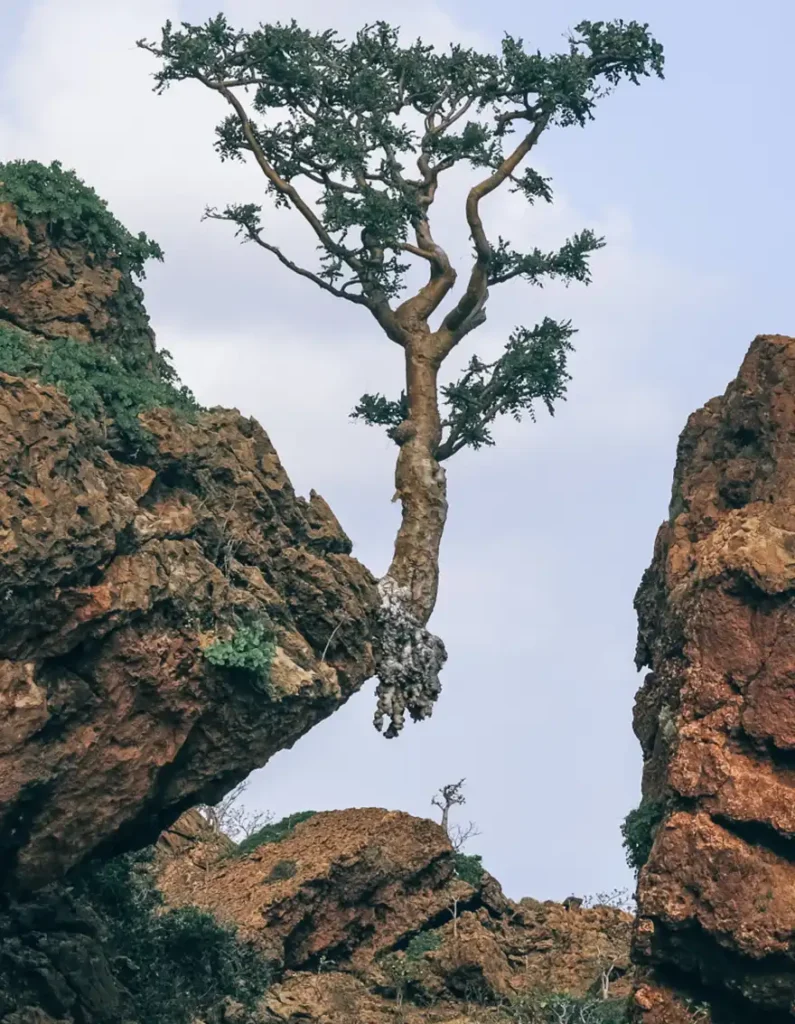
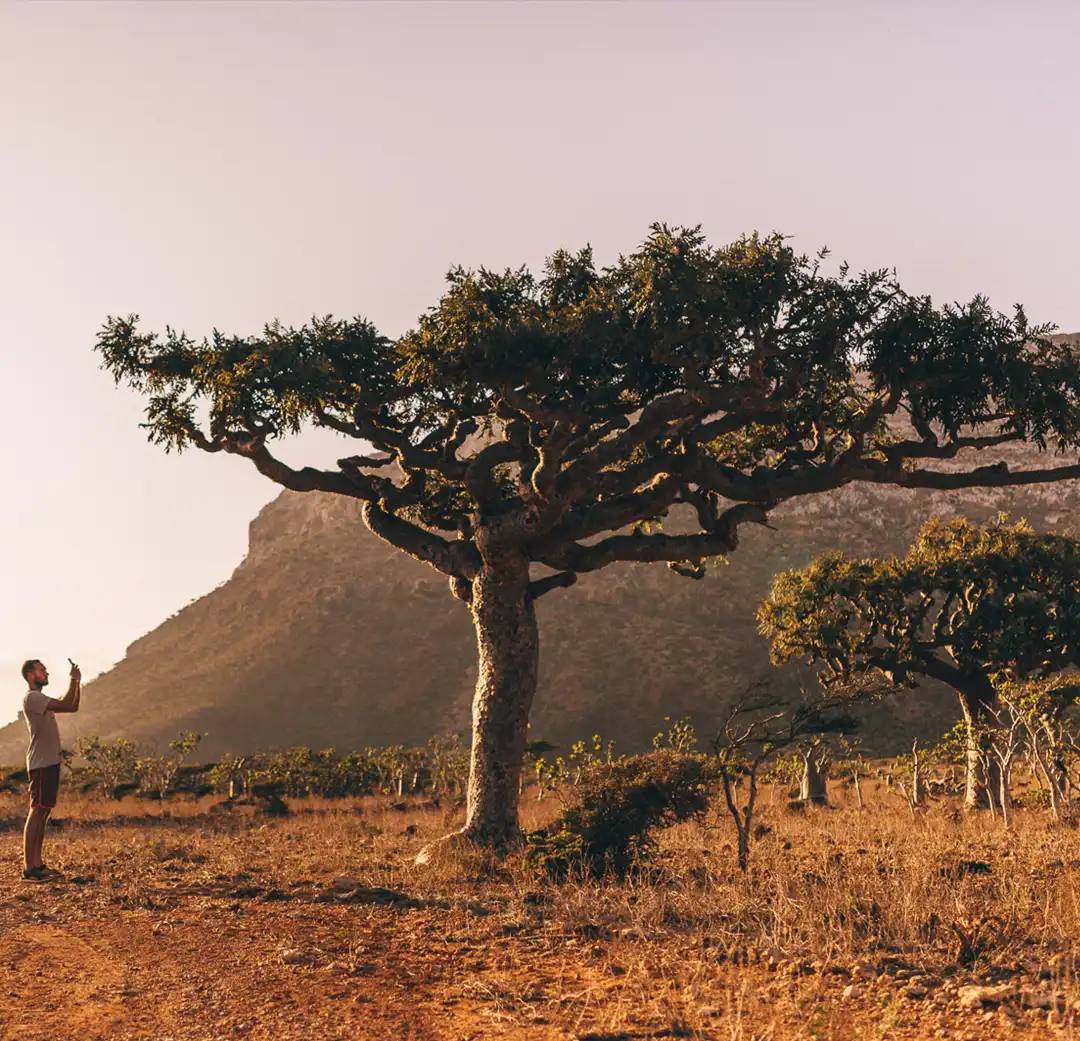

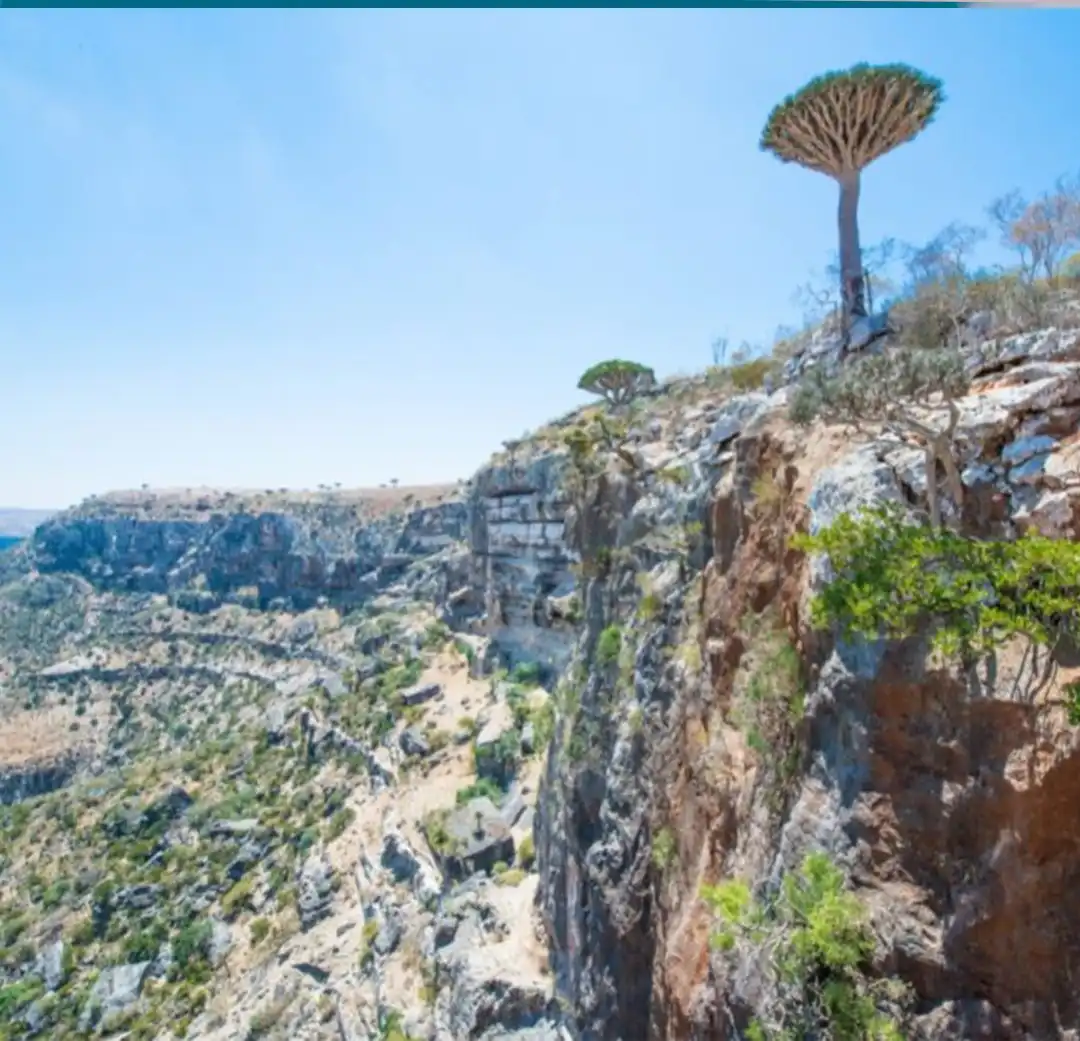
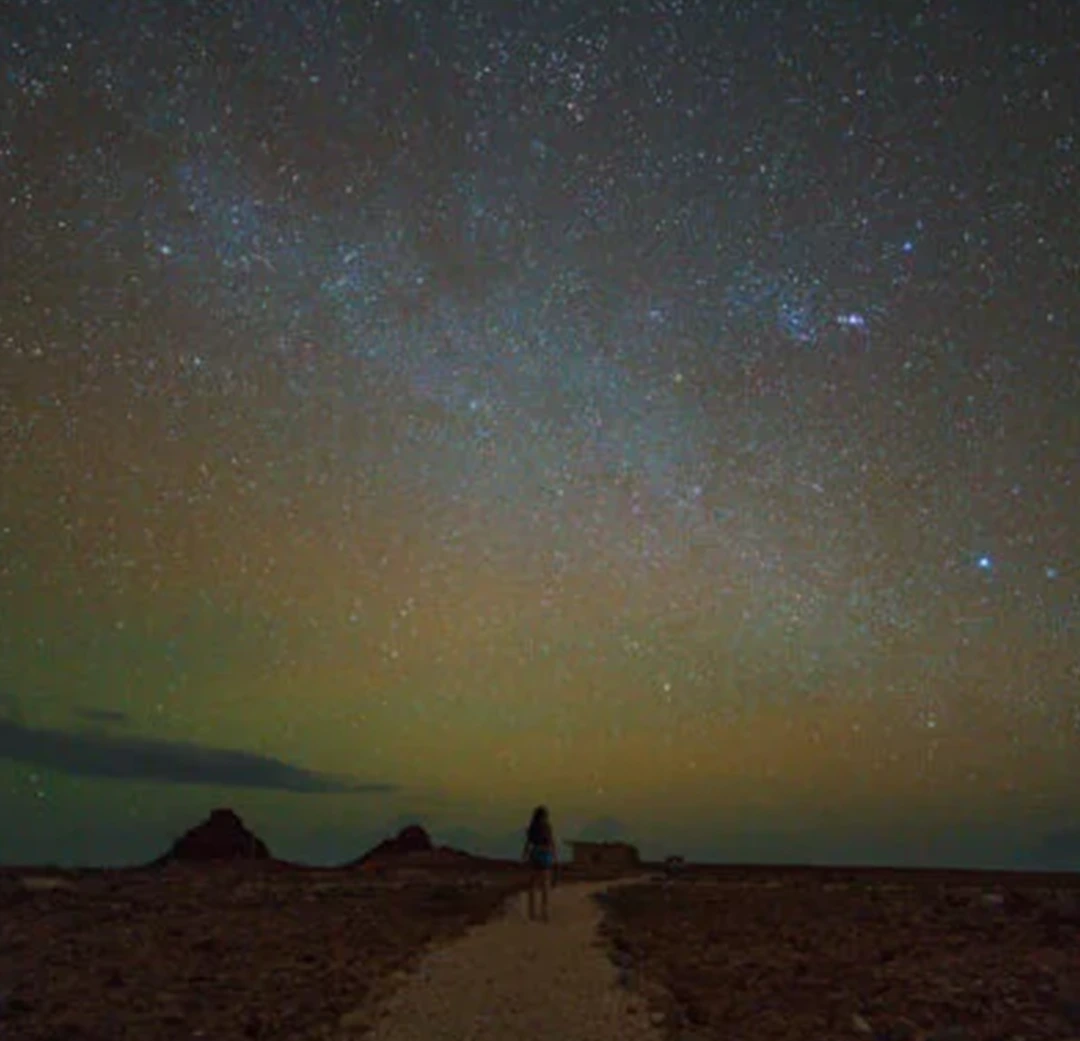
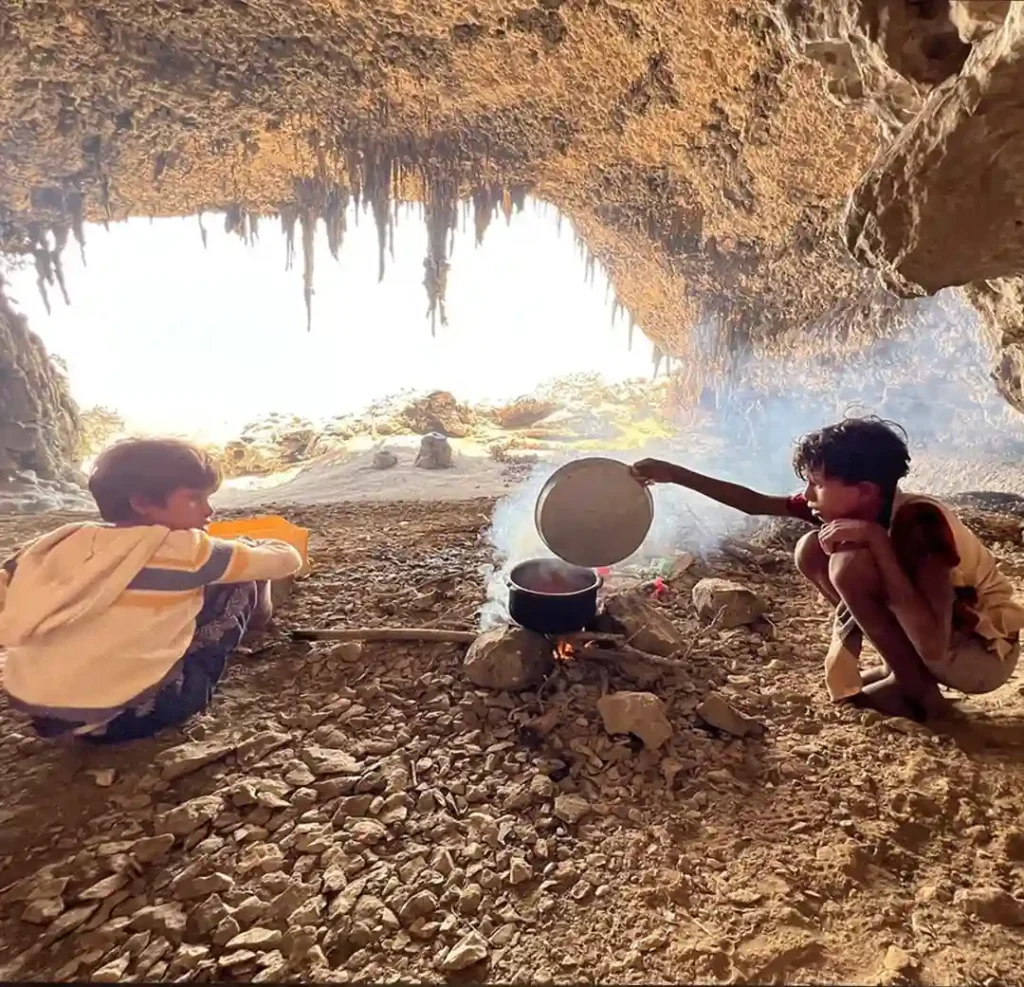
Climate & Weather
- Equable Climate: Socotra experiences an equable climate, with temperatures around 25°C at night and 35°C during the day.
- Seasonal Variability:
- September–October: Warm and windless, ideal for sea-based activities.
- November: Episodic rainfalls and storms.
- December–January: “Velvet” season with lush foliage, great for walking and trekking.
- February–March: Bursting flowers and calm seas.
- April–May: Hotter, calm seas, perfect for private tours.
- June–August: Strong monsoon winds, dry dirt, and dust.






Landscape & Geology
- Ancient Rocks: Precambrian metamorphic rocks form the island’s base, along with igneous rocks like granite and andesite.
- Hagghier Mountains: These mountains cut through the island, preserving ancient flora like the famous “dragon’s blood tree” (Dracaena cinnabari).
- Tectonic Activity: Socotra’s geological history involves tectonic uplift, rifts, and separation from the Arabian Peninsula.
- UNESCO Recognition: In 2008, UNESCO designated Socotra a World Heritage Site due to its distinct plant and animal life.






Conservation Efforts
- Preserving Socotra's Iconic Dragon Blood Trees: At ShowMeSocotra, we're committed to protecting the unique biodiversity of this incredible island. One of our most important initiatives is operating the largest dragon blood tree nursery on Socotra. Located in the Dixam Plateau, our nursery plays a crucial role in safeguarding the future of these iconic trees. By cultivating new seedlings and replanting them in their natural habitats, we're helping to ensure the continued survival of this endangered species.
- Adopt a Dragon Blood Tree and Make a Difference: Want to contribute to the preservation of Socotra's iconic dragon blood trees? Visit our nursery and adopt one of these remarkable seedlings. By adopting a dragon blood tree, you're not only supporting our conservation efforts but also becoming a direct participant in protecting this endangered species. Watch your tree grow and thrive, knowing that you've played a vital role in safeguarding its future




